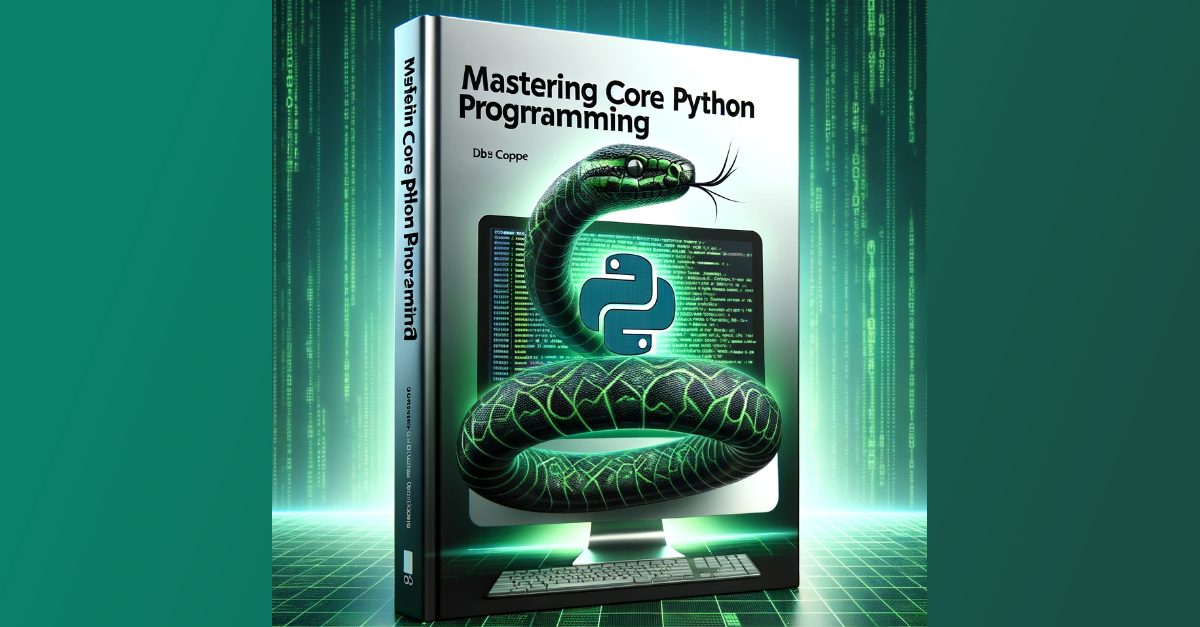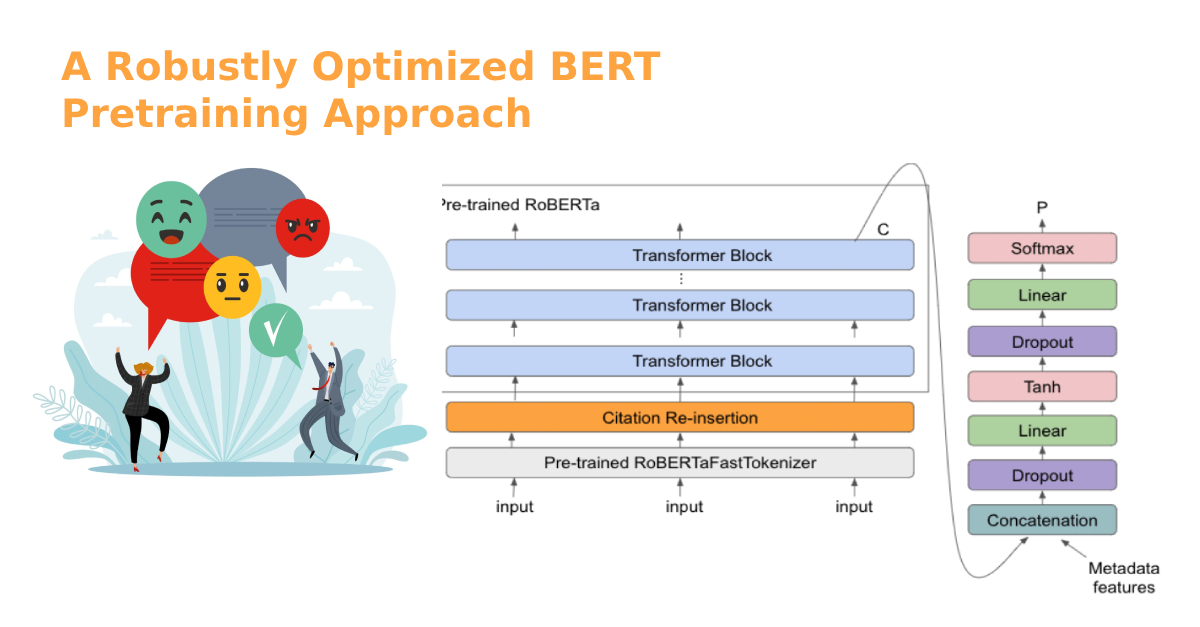Python, known for its simplicity and elegance, is a powerhouse in the world of programming. Mastering Python not only makes coding more efficient but also opens doors to a myriad of applications. This article covers some of the most important core Python programming tricks, complete with programming examples.
1. List Comprehensions
List comprehensions provide a concise way to create lists. It consists of brackets containing an expression followed by a for clause, then zero or more for or if clauses.
Example:
# Traditional way
squares = []
for x in range(10):
squares.append(x**2)
# Using list comprehension
squares = [x**2 for x in range(10)]
2. Lambda Functions
Lambda functions are small anonymous functions. They can take any number of arguments, but can only have one expression.
Example:
# Traditional function
def add(x, y):
return x + y
# Lambda function
add = lambda x, y: x + y
3. Map and Filter
map and filter are built-in functions that allow functional programming style. map applies a function to all items in an input list, and filter creates a list of elements for which a function returns true.
Example:
# Using map
numbers = [1, 2, 3, 4, 5]
squared = map(lambda x: x**2, numbers)
# Using filter
even_numbers = filter(lambda x: x % 2 == 0, numbers)
4. The with Statement
The with statement simplifies exception handling by encapsulating common preparation and cleanup tasks in so-called context managers.
Example:
# Traditional way of handling files
file = open('file_path', 'r')
data = file.read()
file.close()
# Using with statement
with open('file_path', 'r') as file:
data = file.read()
5. Generators
Generators are a simple way of creating iterators. A generator is a function that returns an object (iterator) which we can iterate over (one value at a time).
Example:
# Generator function
def my_generator():
for i in range(3):
yield i
# Using the generator
for value in my_generator():
print(value)
Difference between Generators and Iterators
Understanding the difference between generators and iterators is key in Python. Iterators allow you to traverse through all the values in a collection, while generators compute the values on the fly and are more memory efficient.
Example:
# Iterator
class MyRange:
def __init__(self, start, end):
self.value = start
self.end = end
def __iter__(self):
return self
def __next__(self):
if self.value >= self.end:
raise StopIteration
current = self.value
self.value += 1
return current
# Generator
def my_range(start, end):
current = start
while current < end:
yield current
current += 1
6. Slicing
Slicing is used to extract a subsequence out of your sequence, e.g., a list, tuple, string.
Example:
my_list = [1, 2, 3, 4, 5]
# Elements from index 1 to 3
sliced_list = my_list[1:4]
7. Unpacking
Unpacking allows us to assign values from a collection directly to variables.
Example:
data = (1, 2, 3)
x, y, z = data
8. Decorators
Decorators allow you to inject or modify code in functions or classes.
Example:
# Decorator function
def my_decorator(func):
def wrapper():
print("Something is happening before the function is called.")
func()
print("Something is happening after the function is called.")
return wrapper
@my_decorator
def say_hello():
print("Hello!")
# Using the decorator
say_hello()
9. Decorators with Arguments
Decorators can be extended to accept arguments, allowing more dynamic behavior.
Example:
def repeat(times):
def decorator_repeat(func):
def wrapper(*args, **kwargs):
for _ in range(times):
value = func(*args, **kwargs)
return value
return wrapper
return decorator_repeat
@repeat(times=3)
def greet(name):
print(f"Hello {name}")
greet("Alice")
Conclusion
These Python tricks are fundamental for any Python programmer. By mastering these concepts, one can write more efficient, readable, and Pythonic code. Remember, the key to becoming proficient in Python is consistent practice and exploration of its vast functionalities.



